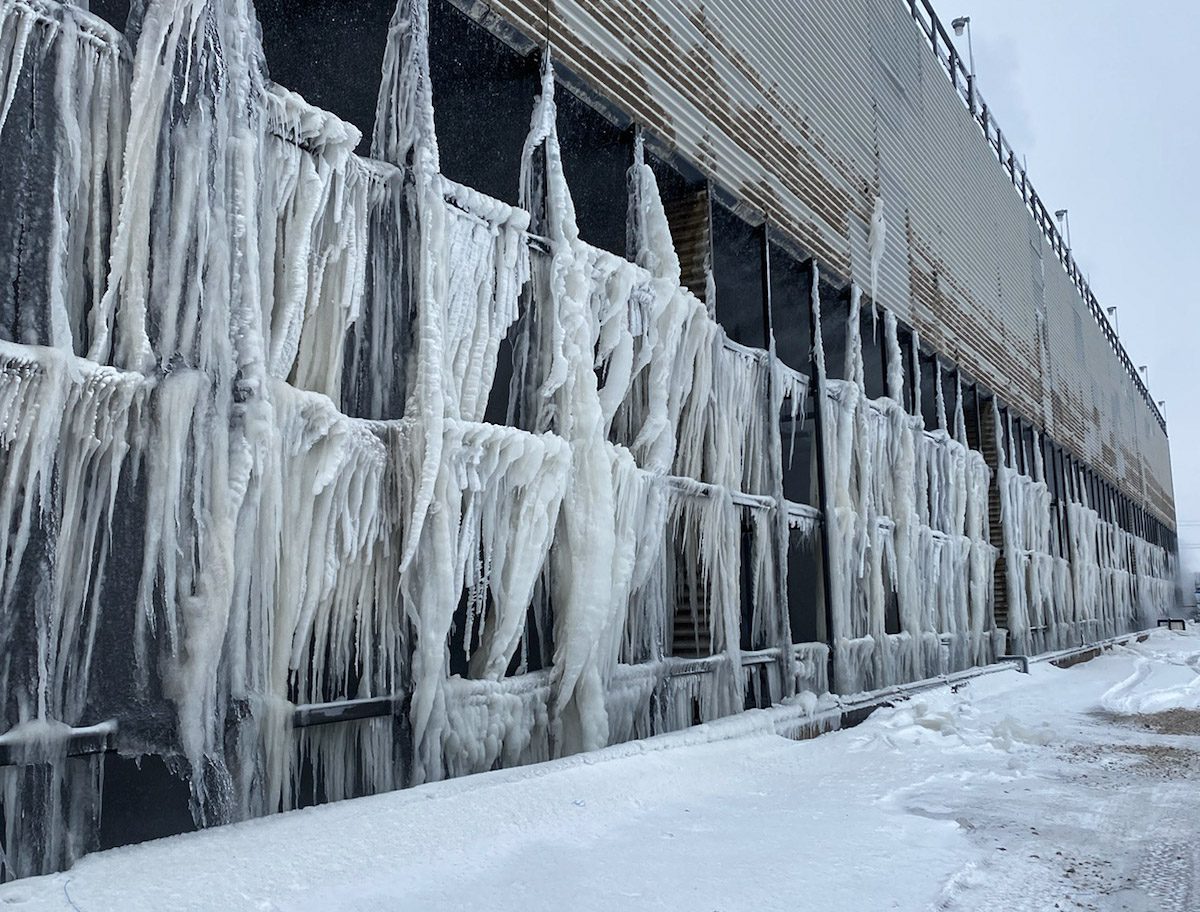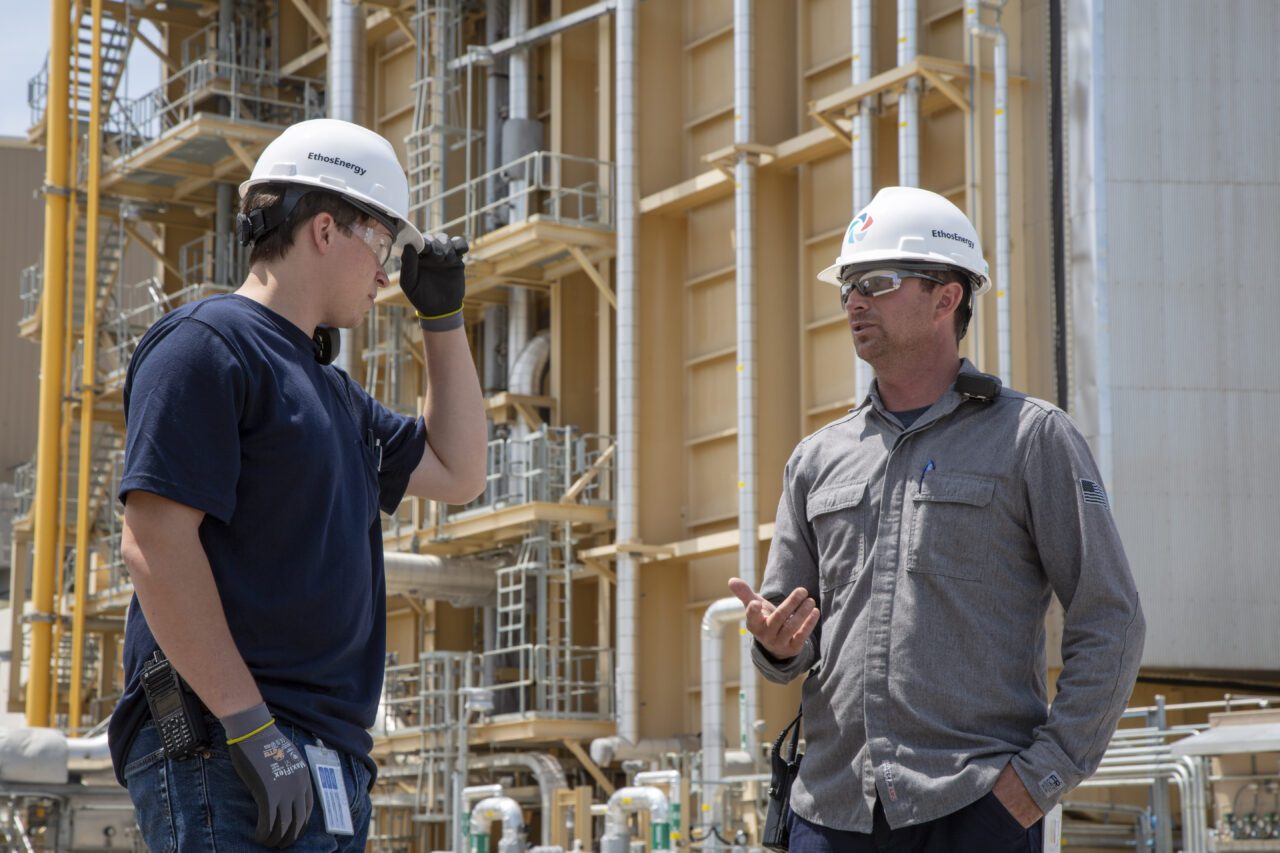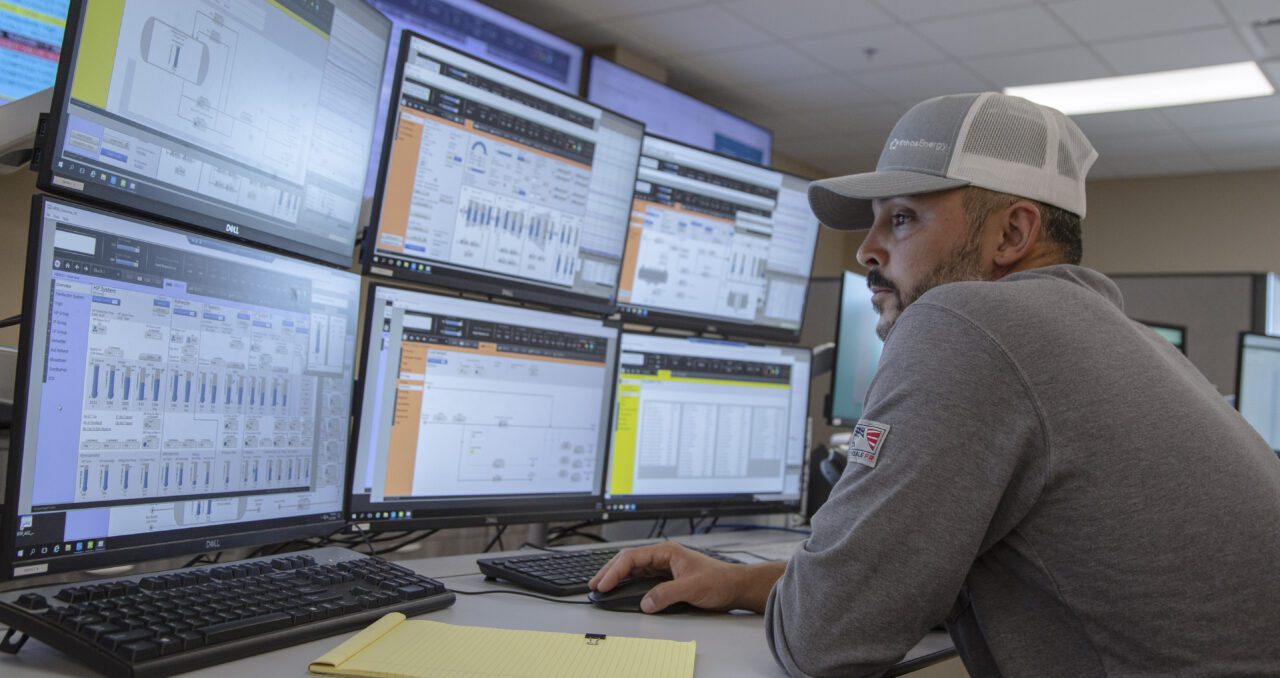Plant Winterization Actions: Staying One Step Ahead
By: Kevin Salsbury, NERC Compliance Director, EthosEnergy
The temperature outside may not be an indication, but winter is on the mind for much of the power generation industry after NERC issued its Level 3 Cold Weather Alert earlier this year, the first of its kind. EthosEnergy, a leading provider of services and solutions to the energy sector, including a lifetime operations portfolio of more than 99 facilities and over 42 GW of generation, has acknowledged the recent release of the NERC alert and is acting swiftly to respond.
This alert serves as a reminder of the critical importance of preparedness and proactive action for power plant operators to ensure reliable electricity supply during extreme weather events. Below, we’ll highlight the reasons behind the alert and discuss the key actions required by plant operators to navigate the cold weather successfully.
Reasons for the Alert
The NERC Level 3 Cold Weather Alert was issued in response to forecasted weather conditions that may adversely impact power system reliability. Cold weather can introduce unique challenges beyond just freezing conditions. Limited or reduced transportation, safety concerns from ice or snow, and increased energy demand for heating purposes can strain power generation infrastructure, leading to potential disruptions and service outages. Recent cold weather events, such as winter storms Elliott (2022) and Uri (2021) have demonstrated these challenges.

Key Actions for Plant Operators to Comply with the NERC Alert
To mitigate the risks associated with cold weather, power plant operators are advised to complete six essential actions1 according to the NERC alert. While none of the requirements will be enforceable until October 20242, EthosEnergy is strongly advising operators to achieve completion of the actions by October 6, 2023 to support the purpose of the alert and stive for early implementation to stay ahead of the various effective dates of the requirements. It should be noted that additional Emergency Operations Plans (EOP) related to extreme cold weather grid operations, preparedness, and coordination are already being drafted and out for industry comment, so additional efforts will soon be upon operators.
We recommend that all owner/operators review the essential actions in detail. Below, we’ve summarized a few items to address that can put them in great position for expedited implementation in order to stay ahead of these evolving programs:
- Extreme Cold Weather Temperature (ECWT) calculation: owners must calculate their ECWT, which is the temperature equal to the lowest 0.2 percentile of the hourly temperatures measured in December, January, and February from 1/1/2000 through the date the temperature is calculated. The cold weather plan must explicitly define your ECWT and ability to operate (or not operate but include remediation activities) at that temperature.
- Critical Components Inventory: an inventory of the plant’s defined critical components must be created, including adequate justification on why the equipment was or was not included in your inventory; ensuring that all identified critical components map to freeze protection measure maintenance activities. In short, if it’s critical, you should be doing something for maintenance. In addition, your personnel must be trained annually on your facility’s cold weather preparedness plan, which would include understanding which equipment for each unit is critical.
- Previous winter event evaluation: establishing a process/mechanism for identifying, evaluating, and tracking cold weather reliability events, including extent of condition reviews of impacted critical components – knowing how you handled it in the past, can lead to potential improvements in your RCA process to generate adequate corrective action plan evidence.
There are other important items in the Cold Weather Alert that will not be covered in this article, including a five-year assessment. If you need support on implementation or compliance with any of these items, our teams are fully up to speed and ready to support.

Unique Winterization Solutions
To continuously improve, we are taking action to further prepare our sites and respond to the alert and supporting several sites outside of our operated facilities to provide consultation and customized solutions.
In recent years, we’ve implemented wide-ranging winterization solutions that have made a tangible difference in keeping units online during extreme weather events. These range from simple, physical measures such as replacing ladders with stairs / platforms for accessibility during snow and ice, to installation of advanced tuning systems and control system upgrades to increase reliability. Below are a few examples of items that we can support sites with:
- Calculating your ECWT – our operations teams are actively doing this for many of our clients
- Extreme Cold Weather Audit – we have developed a method to audit plants for cold weather concerns including operations, equipment, instrumentation, communications, and safety. The customer will be given a list of immediate actions necessary to comply with NERC and future actions that can be performed to make the site robust against cold weather.
- ECOMAX® Asset Optimization platform – our auto-tuning solution was able to keep a Texas unit online during Winter Storm Uri whereas a sister unit (without ECOMAX) tripped; typically, turbines are tuned twice a year in preparation for seasonal weather changes. ECOMAX tunes based on real-time conditions and measured emissions and is designed to adapt to extreme conditions. ECOMAX allows gas turbines to stay in compliance and stay online longer.
- Inlet Bleed Heat (IBH) – when installed with ECOMAX, IBH can extend the gas turbine range of operation even further during cold weather and maintain emissions within permit levels.

For more information regarding EthosEnergy services and solutions, please contact [email protected] and reference the NERC Cold Weather Alert.
1 The alert includes a total of eight essential actions, however only six of these apply to generator owners. Two of the actions apply to the Transmission Operator and Balancing Authority.
2 The only deliverable requirement by 10/6/23 is a response to the 20 questions in the Alert (18 are applicable to GO function), and submission of a Data Request spreadsheet.